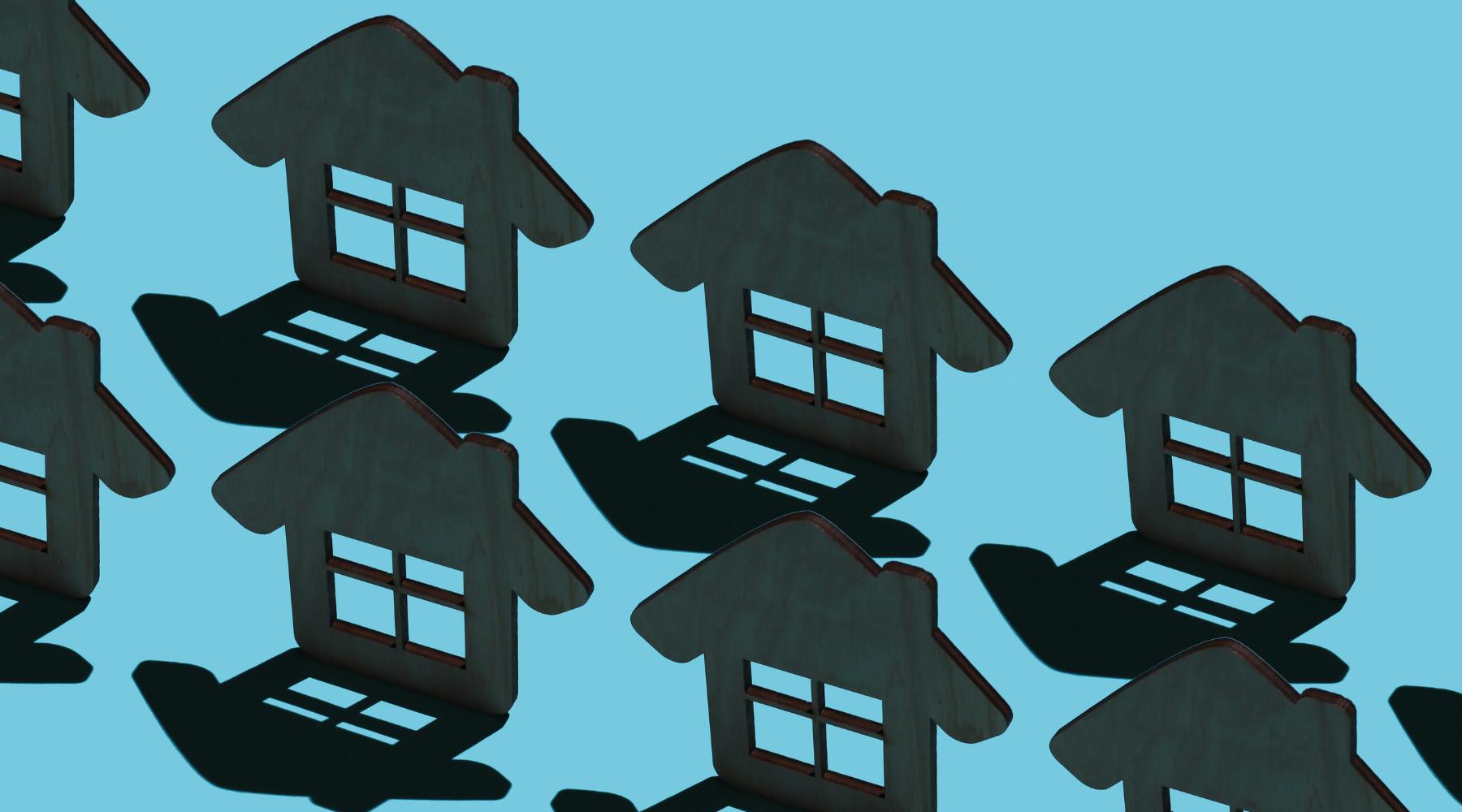Preserving long-term affordability for renters living on lower incomes is an important step in poverty reduction and increasing non-market housing, which is owned by non-profits or the government, is an important way to do that. But there just aren’t enough of these types of units in Canada.
This problem has existed for a long time and many analysts say that it started around the mid-80s when the federal government stopped funding new social housing.
Interesting facts:
- 3.5% of Canada’s housing stock is non-market housing, about half the OECD average.
- The Housing Assessment Resource Tools (HART) project estimates that one million non-market homes should be built in the next 10 years to meet the need.
- Between 2018 and 2023, Calgary’s largest affordable housing provider’s waitlist increased by approximately 18%.
- Bringing the percentage of Alberta’s community housing units in line with the OECD average by 2030 would contribute as much as $30.5 billion to the province’s GDP.
- This report from Scotiabank says increasing social housing would be more cost-efficient for governments in the long run.
Last week, the Federal government announced a new measure to support the development of non-market housing. The new Canada Rental Protection Fund will provide loans and contributions to non-profit organizations, community housing providers, and other partners to help buy affordable rental buildings that go up for sale. Many organizations, including the Federation of Canadian Municipalities, are seeing this proposal as a step in the right direction. We look forward to seeing the details in the coming weeks.





